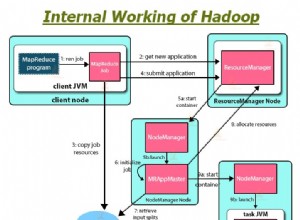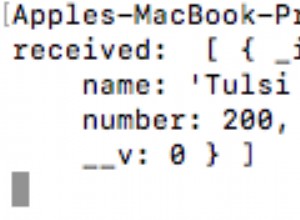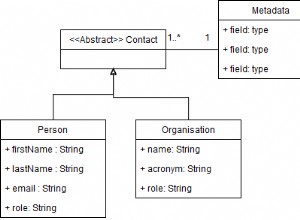Wenn Sie dieselbe asynchrone Aufgabe für Elemente in einem Array ausführen müssen, verwenden Sie keine reguläre for-Schleife. Sehen Sie sich async.each
an , es passt besser in Ihr Szenario, wie (nur das else Teil Ihres Codes):
var body = JSON.parse(response.body);
async.each(body.data, function (photoData, callback) {
// ------------------------------------------------
// If there is no caption, skip it
//
if (!photoData.caption){
text = '';
}
else{
text = photoData.caption;
}
// ------------------------------------------------
// Create new photo object
//
var photo = new Photo({
link: photoData.link,
username: photoData.user.username,
profilePicture: photoData.user.profile_picture,
imageThumbnail: photoData.images.thumbnail.url,
imageFullsize: photoData.images.standard_resolution.url,
caption: text,
userId: photoData.user.id,
date: photoData.created_time,
_id: photoData.id
});
photo.checkBlacklist(function(err, blacklist){
if (!blacklist){
photo.save(function(err, item){
if (err){
console.log(err);
}
console.log('Saved', item);
callback();
});
}
});
}, function (error) {
if (error) res.json(500, {error: error});
console.log('Photos saved');
return res.json(201, {msg: 'Photos updated'} );
});
Vergessen Sie nicht zu installieren
npm install async
und erfordern async :
var async = require('async');




